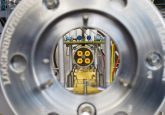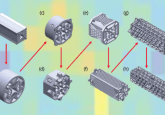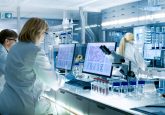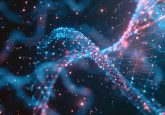ASMS 2019 conference report
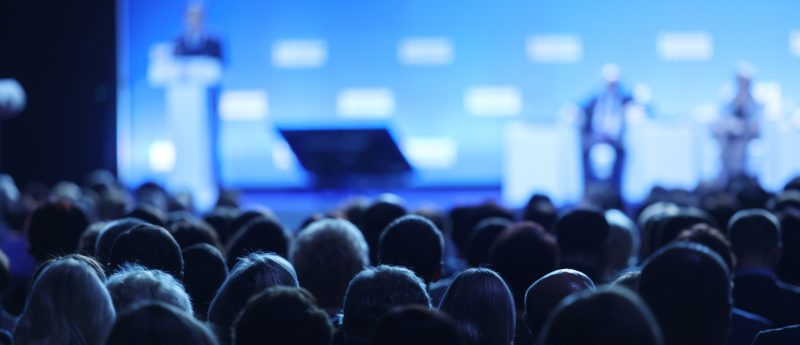
DAY 1
To kick off the day’s press conferences, Shimadzu (Kyoto, Japan) discussed their vision for the future focusing on workflow enhancement and analytical intelligence. This was accompanied by the launch of their new MALDImini-1 digital ion trap mass spectrometer – a device capable of providing high selectivity over a wide mass range despite having a footprint the size of an a3 piece of paper. Next, we heard from Bruker (MA, USA), who announced the launch of the timeTOFflex with MALDI-guided spatialOMx, enabling 4D omics revolution applicable to translational research. The final press conference Bioanalysis Zone attending came from SCIEX (MA, USA) who introduce a number of new technologies and instrumentation including the Acoustic Ejection Mass Spectrometry technology – to be commercialized as the Echo MS – which provides high throughput quantification by direct injection with no upfront LC required.
Following on from a morning of press conferences, we were then lucky enough to attend some incredibly engaging and innovative talks on topics including biomarkers, lipidomics and therapeutic peptides. Two particularly interesting talks came from Johan Lillja (Uppsala University, Sweden) and Patrick Vanderboom (Mayo Clinic; MN, USA) who discussed robust methods of differentiating phospholipids by silver cationization, and characterization of a reproducible method for proteomic analysis of circulating extracellular vesicles, respectively.
Editor @Lucy_FSG is here with her first daily roundup from day 1 of #ASMSATL! What have been your highlights so far? pic.twitter.com/rmCMEOtaOQ
— Bioanalysis Zone (@BioanalysisZone) June 4, 2019
DAY 2
The second day of ASMS was packed with a huge number of talks on topics ranging from oligonucleotides to cancer research, demonstrating the versatility of mass spectrometry technologies. Bernhard Spengler (Analytical Chemistry, Germany) presented some fascinating research into infection mechanisms of neglected tropics diseases by high-performance MS. Not only could MALDI images provide information on the chemical composition of S.mansoni worms, responsible for the disease Schistosomiasis, they also gave details on organ position, providing scientists with a better understanding of the worm’s lifecycle – information that will be key to developing drugs that prevent the disease.
The afternoon’s session began with an exciting talk by Rafael Melani (Northwestern University; IL, USA) whose research group was using top-down proteomics to create a definitive catalogue of all proteoforms found in the human body, of which there are 1 billion, making this the largest top-down proteomics project ever attempted!
@Lucy_FSG is back with her highlights from day 2 of #ASMSATL. There were so many great talks it was difficult to pick just 3! Let us know which talks you’ve enjoyed. pic.twitter.com/Ub9gwWlOpe
— Bioanalysis Zone (@BioanalysisZone) June 4, 2019
DAY 3
Wednesday was another full day of talks on topic areas including clinical analysis, microsampling and metabolomics. Fanny Liu (Florida State University; FL, USA) demonstrated the use of tandem trapped ion mobility spectrometry to study various levels of glycoprotein structure and subunit combination in dimerization. This is essential to increase our understanding of structure–function relationships for antibody-based vaccine development.
Another talk that stood out was from Christian Toonstra (University of Minnesota; MN, USA), who was exploring the role of autophagy impairment on dysregulated lipid metabolism in skeletal muscle aging. There is growing evidence indicating that age-related lipid accumulation in skeletal muscle cells regulates muscle mass and function due to lipotoxicity, which can be successfully investigated and quantified by LC–MS/MS.
It’s been another fantastic day here at #ASMATL and Editor @Lucy_FSG is back again sharing her highlights. We’re excited to see what the final day has in store tomorrow! pic.twitter.com/qzkHKQvghs
— Bioanalysis Zone (@BioanalysisZone) June 6, 2019
DAY 4
The Echo-MS continued to be a topic of conversation on the final day of ASMS. Arseniy Belov (GlaxoSmithKline; Brentford, UK) presented his use of the technology to develop a high throughput biochemical screen for early drug development – direct ionization of samples allowed his team to increase their throughput rate to 1 sample per second.
To close off the morning’s session, Clara Feider (University of Texas; TX, USA) gave an extremely engaging talk demonstrating how the laparoscopic MassSpec pen could be used for molecular analysis of endometriosis – a disease that affects 10% of women during their reproductive years. Given that there is currently no known cause for the disease, expanding our knowledge of biomarkers will be paramount to developing treatments in the future.
@Lucy_FSG is back with her final daily roundup from #ASMSATL 2019! We’ve have a great time here in Atlanta and look forward to seeing everyone at upcoming conferences! pic.twitter.com/wpyRRPQLj1
— Bioanalysis Zone (@BioanalysisZone) June 6, 2019
Check out some of our other conference reports here:
Are you attending any future conferences related to bioanalysis? Would you be interested in writing a conference report to be featured on Bioanalysis Zone? Contact our Editor by email here to express your interest!


